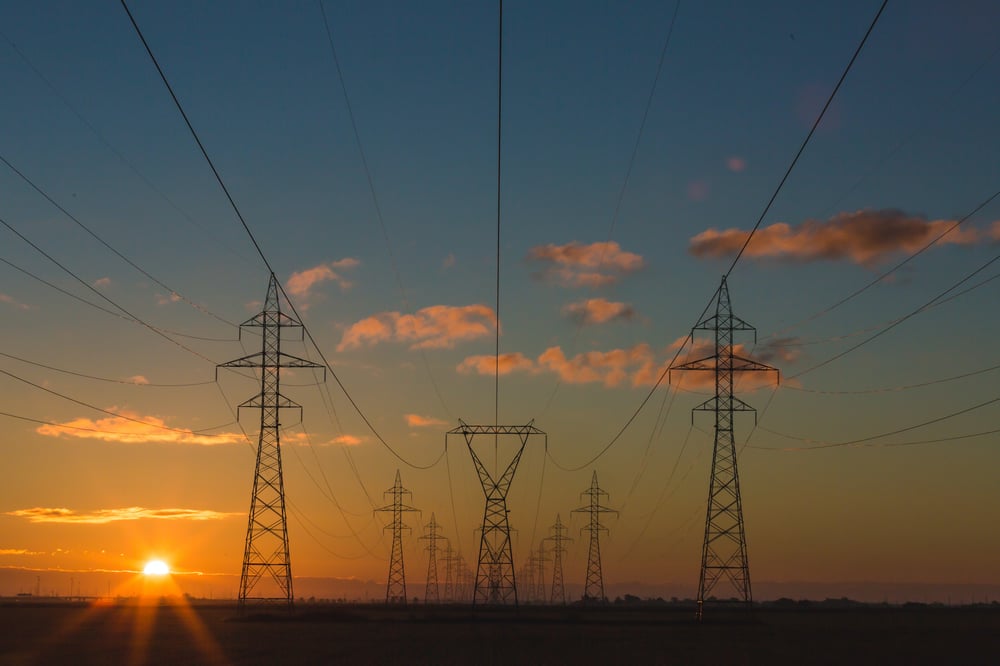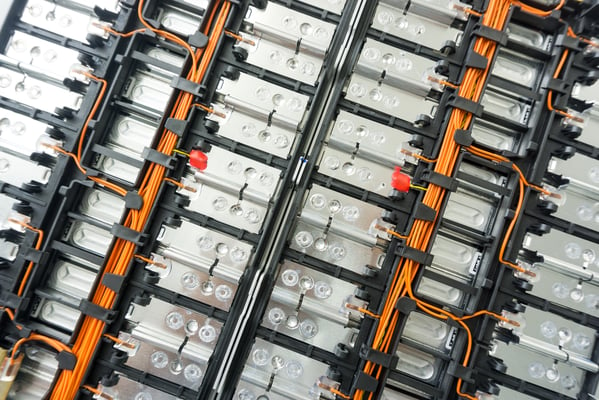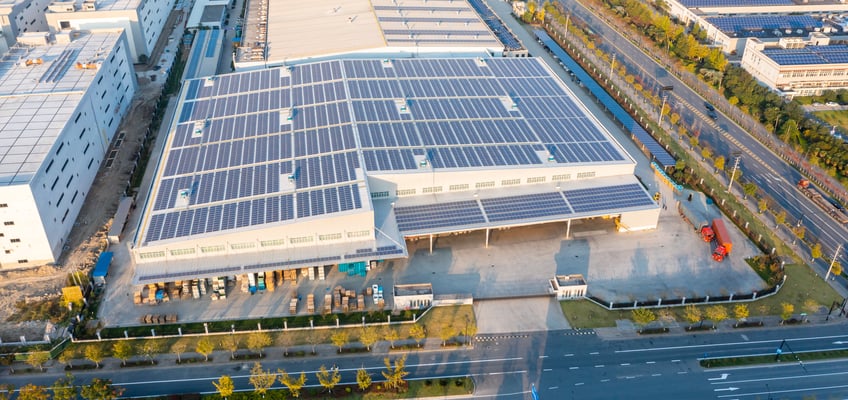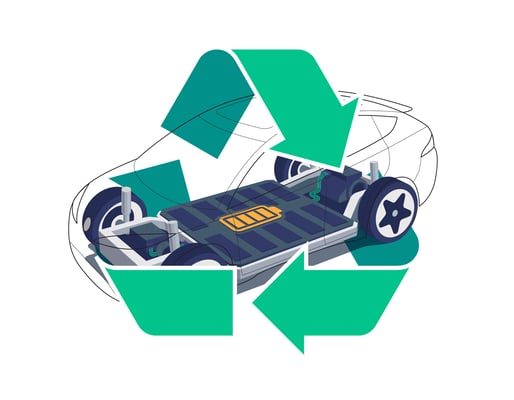
Energy storage for smart grids
Today´s electricity grids were built in the early and mid-20th century when the need for power was very different than it is today. The rapid changes in how we use power have made the development of a smart grid necessary, and energy storage is becoming central as a part of the smart grid, ensuring a steady voltage of the grid and stable deliverance of power.
A short history of power consumption
Power, at the time the electricity grids in most parts of the world were built, was mostly needed for light in offices and homes, and to a greater extent in energy-demanding heavy industries like carbide factories or iron and aluminum plants. These plants were often sited near the power plants, in order to make the best use of the electricity, and so were the homes of the people working in the industries.
Power consumption was a one-way monologue, and the needs were very different from today. If the need for more power developed, the answer was to build more power plants.
Power consumption is changing
Today, energy consumption is on the rise and changing, both in private homes, in the form of EV charging and different types of electrical appliances, in lighting, heating and cooling of large building structures, and also in powering the EV revolution, where the goal is to put ICE vehicles out of commission. Also, more and more buildings and homes are becoming self-sufficient power-factories through solar panles, even allowing for sale of electricity to the grid during daytime production.
All in all, the world is working towards a more sustainable future where energy comes from clean, renewable energy sources. Our energy systems are changing at a rapid speed, and this changes the demands on both production and the way the grid is operated.
What does the term “smart grid” imply?
A smart grid implies that all devices and points in the grid are connected through sensors at different levels of the grid. This allows for data to be collected all the way from the production site to the end-users meter, and even from different appliances in our homes (smart-devices).
This collection of data will make power supply and demand into a two-way dialogue, where the variabilities in supply and demand throughout the day can be stabilized so, ultimately, there is a balance between the two.
The necessity of stabilizing the grid voltage
Time of the day, hot day/cold day, air conditioners, heating, charging of EV cars, everybody getting home from work and cooking at the same time - creates peak demand, and may lead to more power being consumed than what is produced. An imbalance means grid voltage is affected, and the consequence may be power blackouts.
Also, as the power supply is shifting towards the unstable renewable energy sources of wind and sun. Whenever there is a cloud in front of the sun or a sudden dip in wind, this leads to a decrease in production, resulting in grid voltage changes, if no measures are taken to compensate.
Keeping the grid voltage stable, throughout these challenges of consumption vs. production, is a part of the equation that is becoming increasingly important.
Large-scale storage systems controlled by smart grids is the solution
Having large-scale storage systems in place for fast frequency response to stabilize the grid, is the solution to this problem. As of today, the most cost-effective technology available to do this job is lithium-ion batteries in the form of battery energy storage solutions (BESS).
A BESS responds quickly – within milliseconds, to changes in the frequency of the grid, thus stabilizing dips in voltage. Also, battery solutions are able to store surplus energy produced by renewable sources - for example, sun, during the day - leading to less curtailment, and also ensuring a stable power supply during the night when there can be no production from solar.
Within the smart-grid systems, this kind of control is automated, and through the collection and analysis of data and continuous monitoring of production, consumption and voltage of the grid, frequency control can happen automatically when there is a need for it, thus creating a more robust and stable energy grid.




